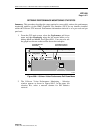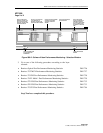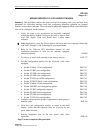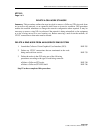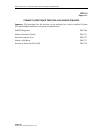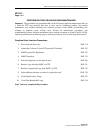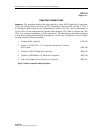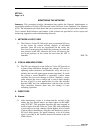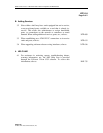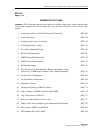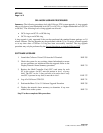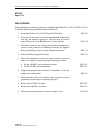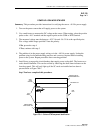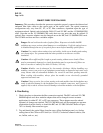
ADCP-70-220 •Issue 1 • November 2000 • Section 2 Operation and Maintenance
Page 2-29
© 2000, ADC Telecommunications, Inc.
NTP-014
Page 1 of 2
MONITORING THE NETWORK
Summary: This procedure provides information that enables the Network Administrator to
successfully monitor a Cellworx STN network via the Cellworx Vision Graphical User Interface
(GUI). The information provided directs the user to pertinent sections and procedures within the
User’s manual. Brief functions and features of the software are provided as well as layout and
monitoring suggestions, and troubleshooting directives.
1. NETWORK LAYOUT VIEW
1.1 The Cellworx Vision GUI allows the user to reposition NE icons
on the screen for custom tailored displays of individual
networks. Once NE icons are repositioned on the screen, the
Save Icon Layout procedure should be performed to retain the
new positions of the NEs, otherwise, the icons will return to the
last saved positions on the screen the next time the GUI is
launched. DLP-736
2. ICON ALARM INDICATIONS
2.1 The NE icons displayed on the Cellworx Vision GUI provide at
a glance alarm indications through color changes. If a node is
operating within tolerances and thresholds set by the user (or
default), the icon will appear green (normal operation). If a node
has crossed a minor threshold or generated a minor alarm
condition, the icon color changes to yellow. Similarly, a major
alarm changes the icon to orange and a critical alarm changes
the icon to red. If an icon appears blue in color, this indicates
that the NMIC has lost communication with the node and the
fiber connection between them may also change in color
indicating a problem.
3. DIRECTIVES
A. Alarms
3.1 After determining a node is in alarm and the severity of the
alarms, the user should retrieve an alarm report via the NMIC
using NTP-007. This procedure describes the steps required to
retrieve reports from the Cellworx Vision GUI, and establishing
a craft session at a node, starting with the highest level of alarm
(Critical, Major, then Minor), using the craft interface to retrieve
NE level alarm reports. For quick reference, a list of all alarm
types is provided in the Trouble Analysis Procedure at the end
of this section.




